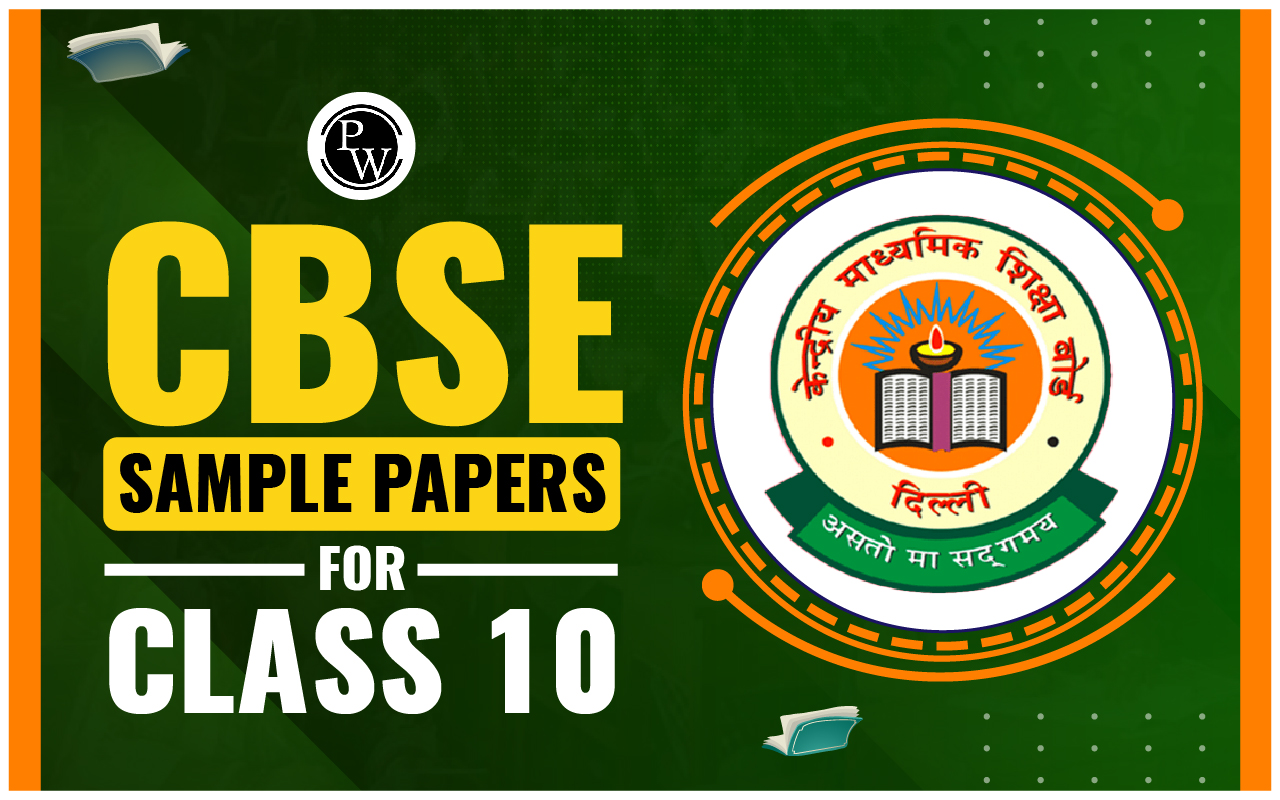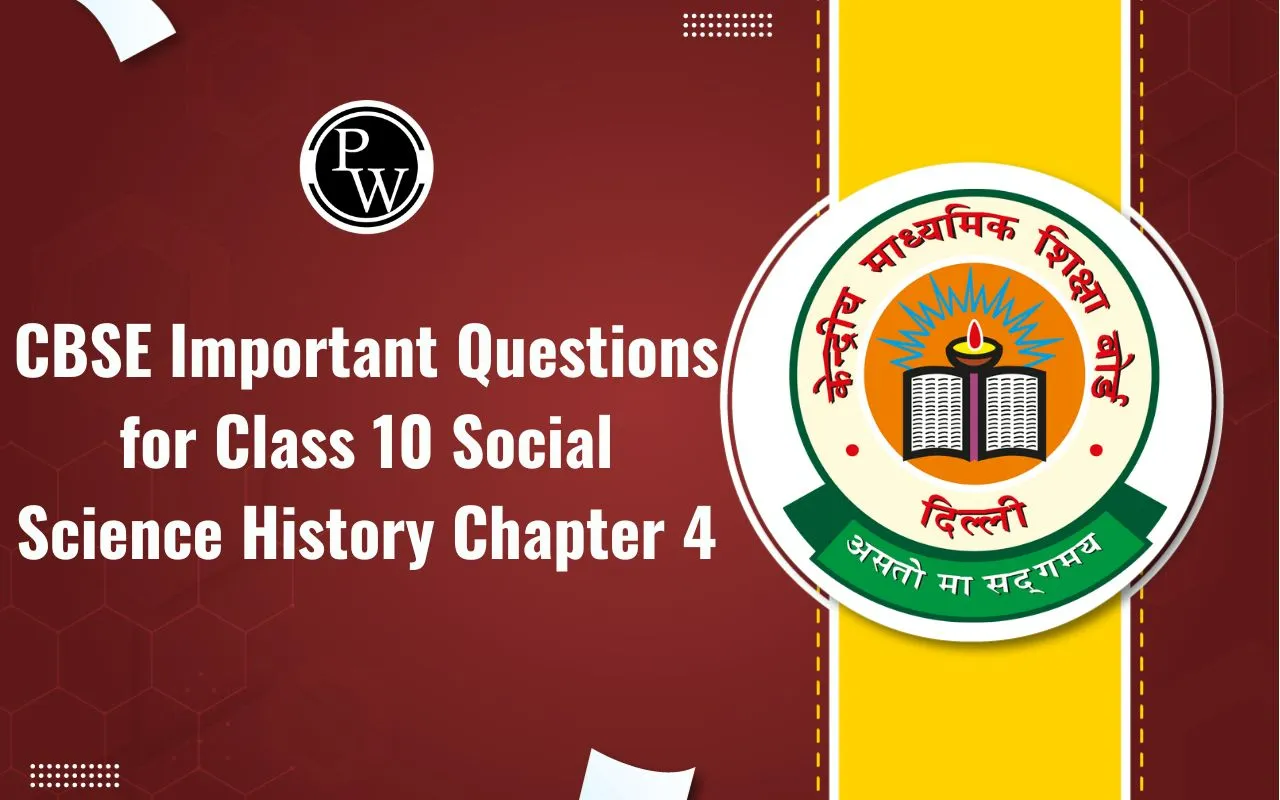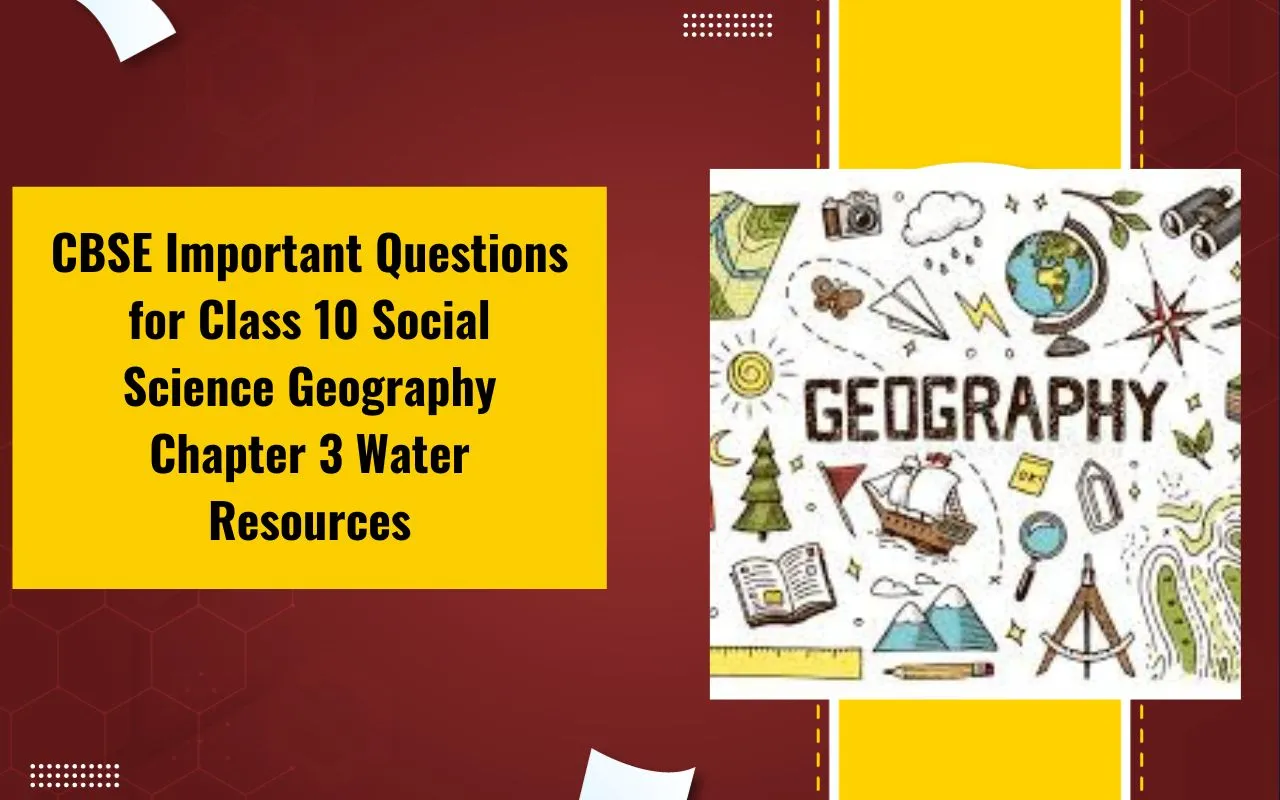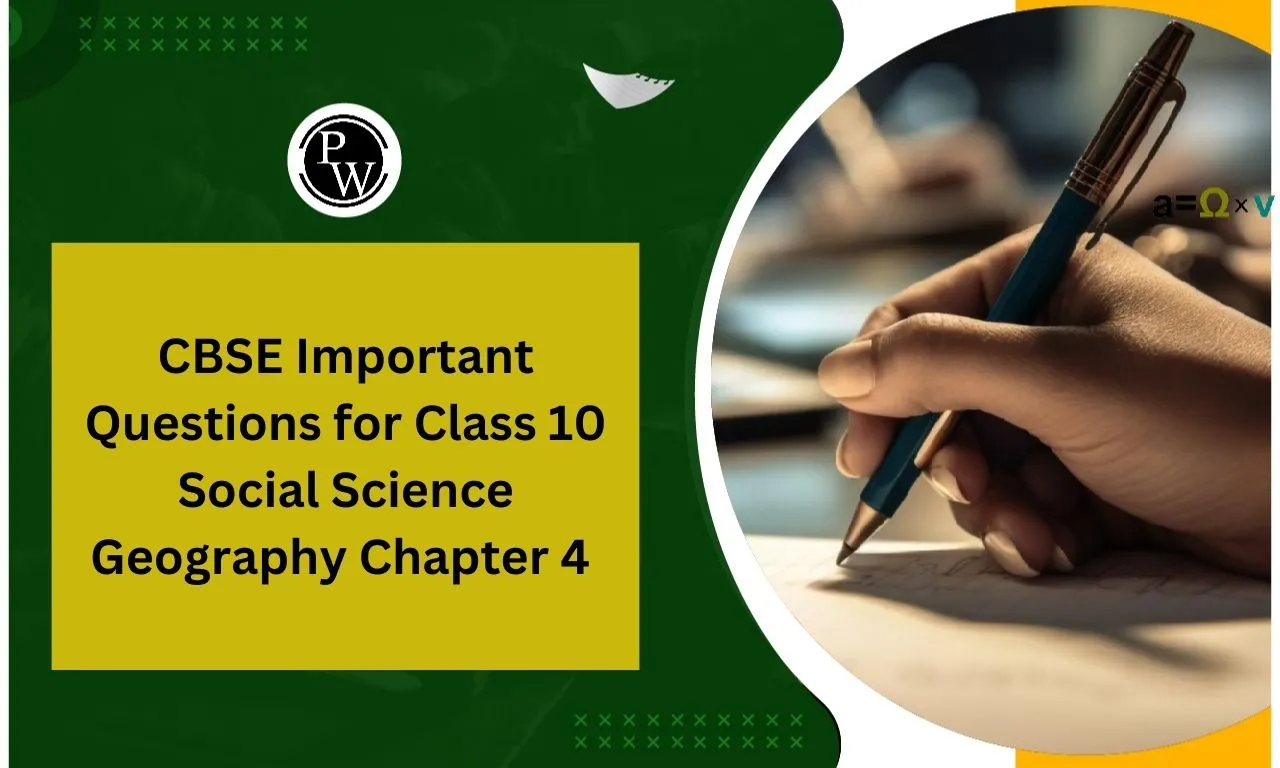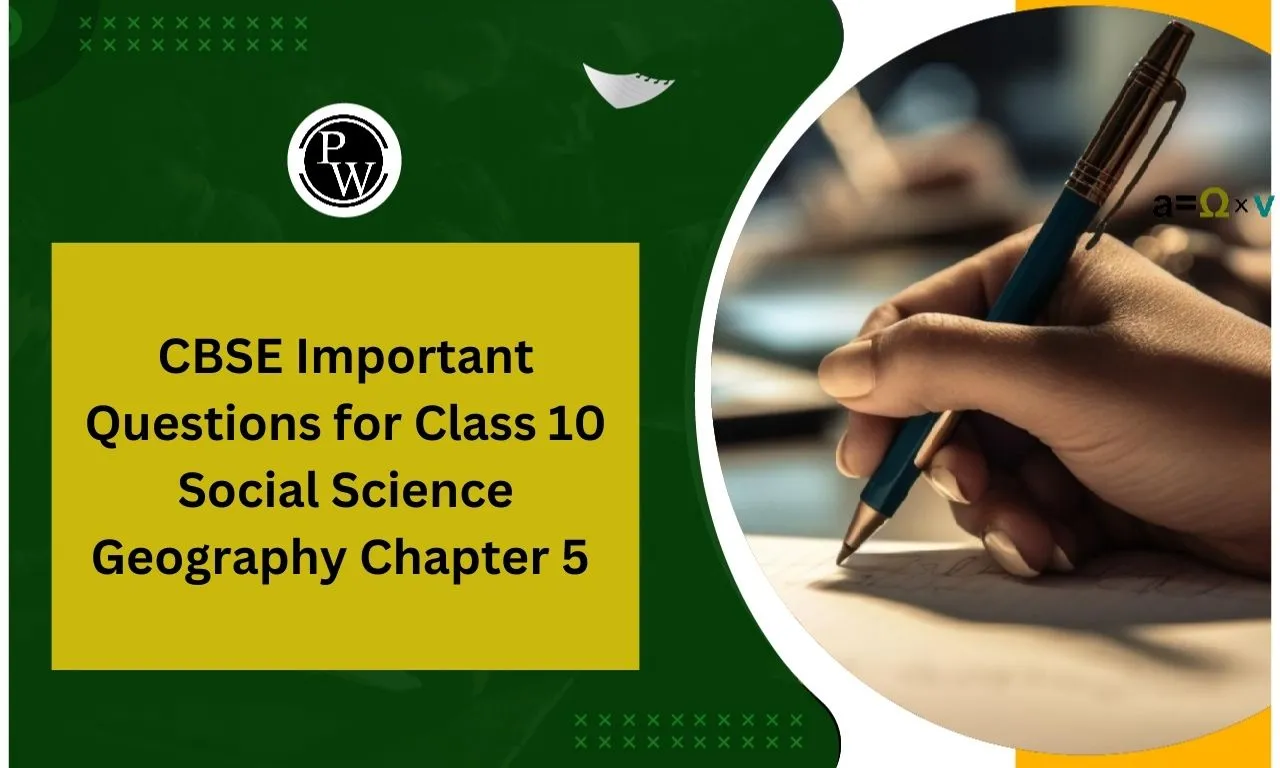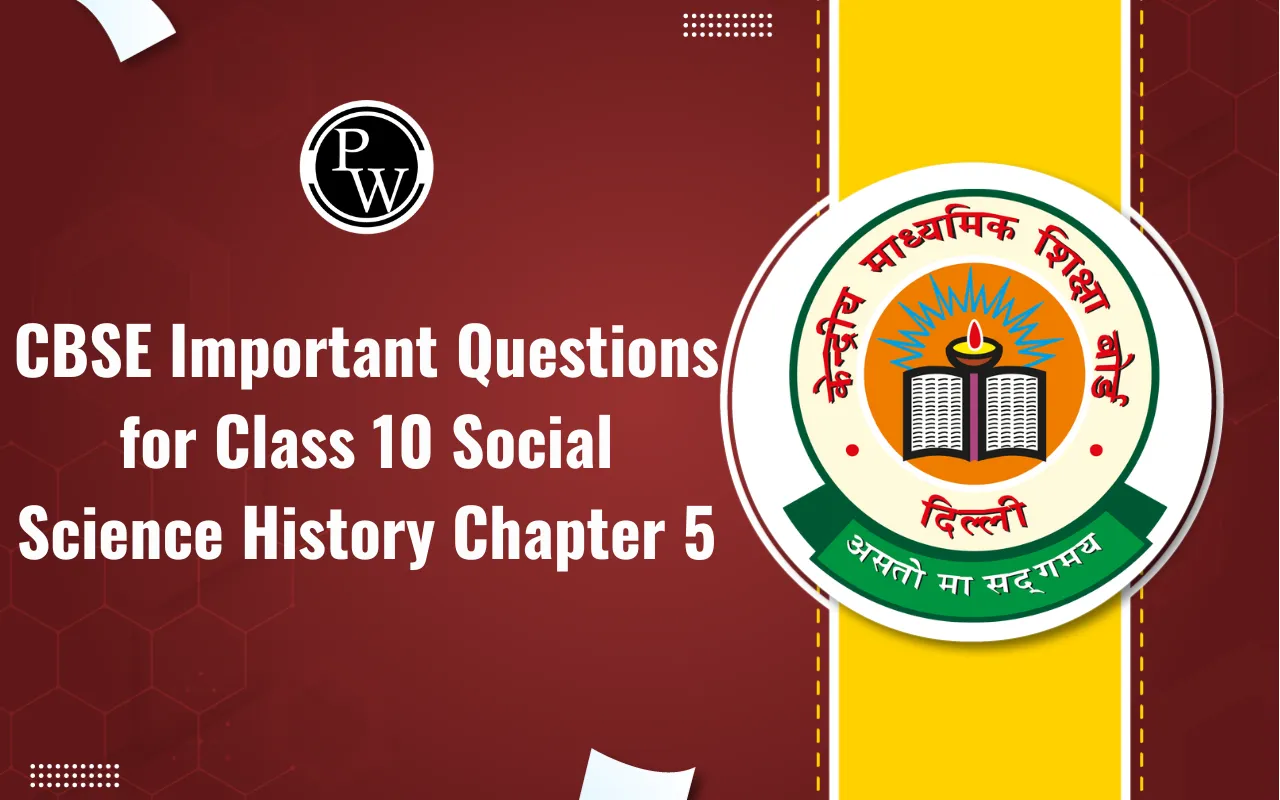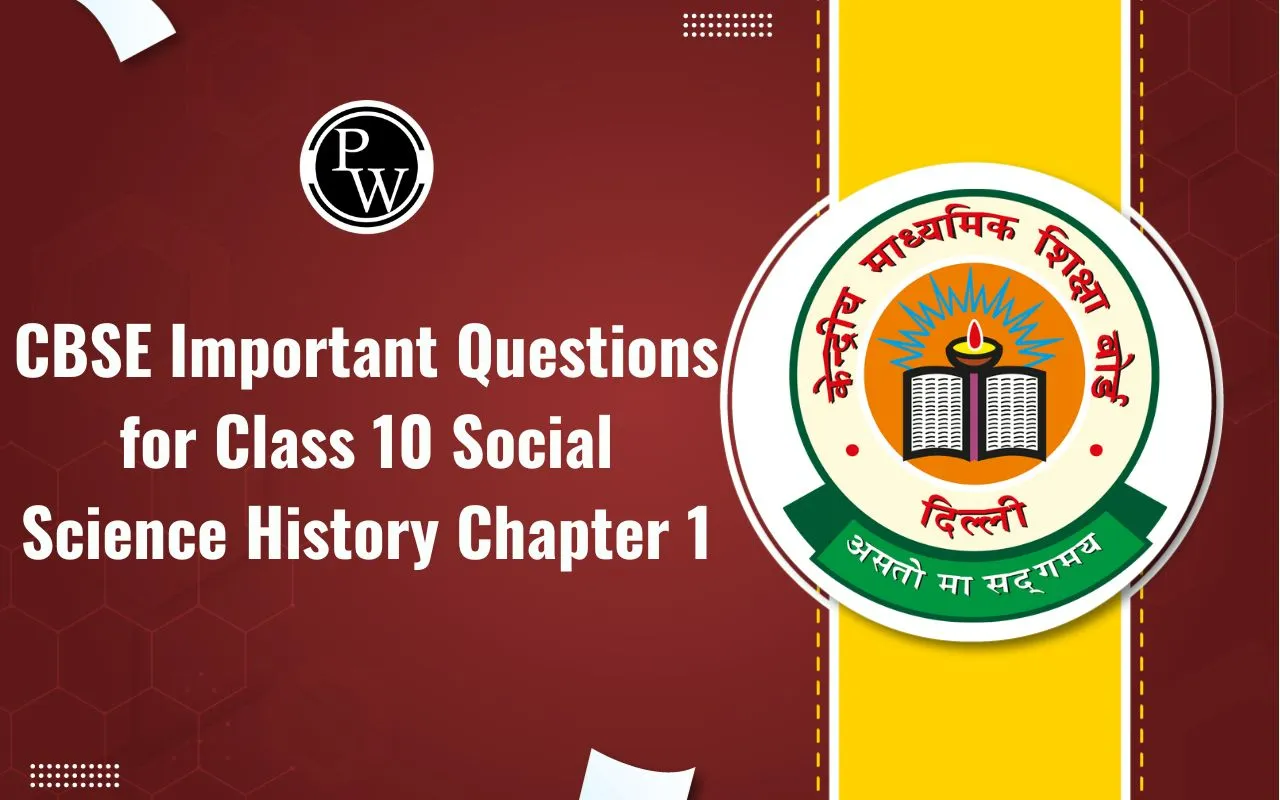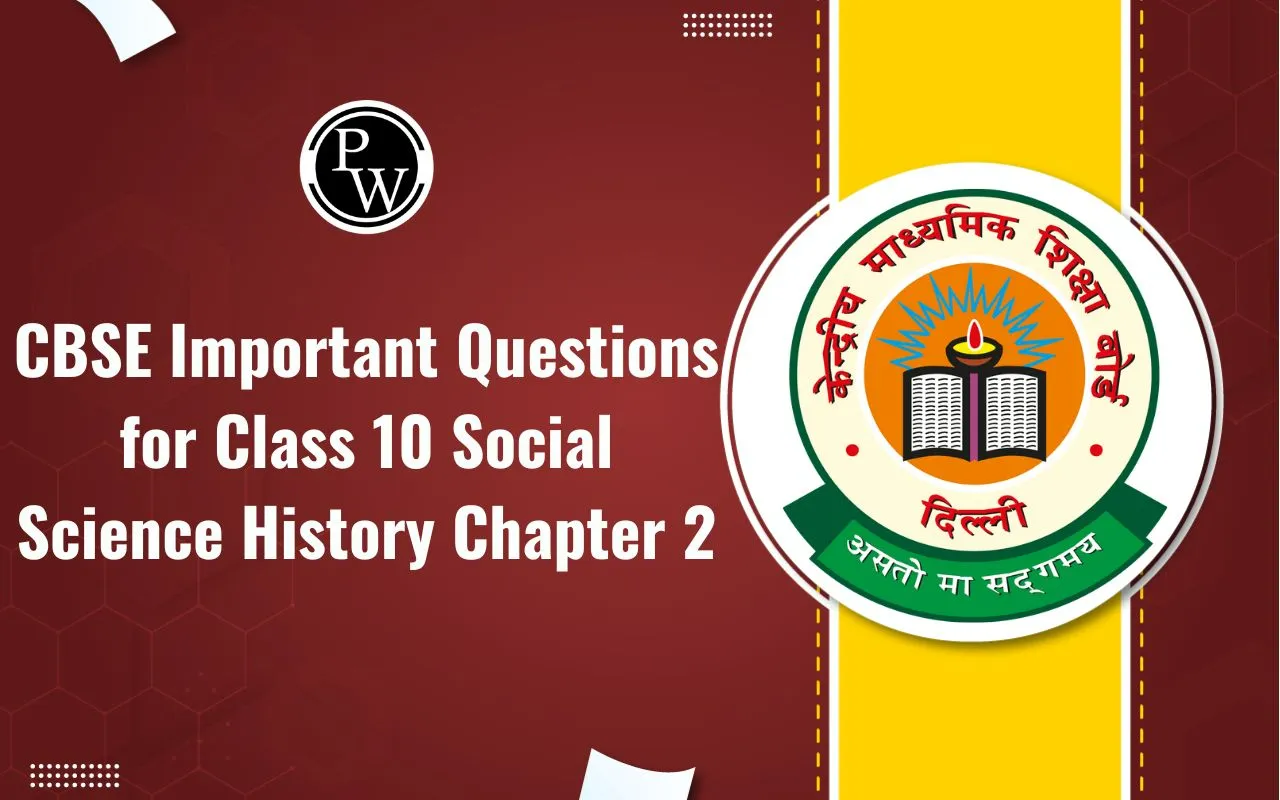
CBSE Important Questions for Class 10 Social Science Civics Chapter 4: Chapter 4 of Class 10 Civics, "Political Parties," explains the role, types, and significance of political parties in a democracy. It highlights the need for political parties, their functions, and the differences between national and regional parties.
The chapter also discusses challenges faced by political parties, such as corruption, dynastic politics, and lack of internal democracy, along with reforms needed for better governance.
Understanding political parties is crucial for analyzing elections, governance, and public representation. Important questions from this chapter focus on the role of political parties, their necessity in democracy, major challenges, and reforms to make them more effective.
CBSE Important Questions for Class 10 Social Science Civics Chapter 4 Overview
Chapter 4 of Class 10 Civics, "Political Parties," is essential for understanding how democracy functions. It explains the role, functions, and types of political parties, differentiating between national and regional parties.
The chapter highlights the challenges political parties face, such as corruption, dynastic control, and lack of internal democracy, while also discussing reforms needed for improvement.
Studying this chapter helps students understand the importance of political representation, governance, and electoral processes. Below, we have provided important questions to help students prepare effectively for exams, enhance their analytical skills, and grasp the significance of political parties in shaping democracy.
CBSE Important Questions for Class 10 Social Science Civics Chapter 4 PDF
Chapter 4 of Class 10 Civics, "Political Parties," explains the role, functions, and challenges of political parties in a democracy. It highlights the importance of political representation, national and regional parties, and electoral reforms.
Understanding these concepts is crucial for analyzing governance and democracy. Below, we have provided a PDF containing important questions to help students prepare effectively for exams and enhance their conceptual clarity.
CBSE Important Questions for Class 10 Social Science Civics Chapter 4 PDF
CBSE Important Questions for Class 10 Social Science Civics Chapter 4 Political Parties
CBSE Important Questions for Class 10 Social Science Civics Chapter 4 (1 mark)
1. Which one of the following countries has a two- party system?
(A) China
(B) Russia
(C) America
(D) India
Ans. (C) America
2. What are the components of a political party?
(A) Leaders (B) Active members
(C) Followers (D) All of the above
Ans. (D) All of the above
3. Those parties that lose in the elections.......
(A) Can still run the government
(B) Play the role of opposition
(C) Can make policies and programmes
(D) Cannot criticise the government
Ans. (B) Play the role of opposition
4. Assertion (A): Political parties in India must be registered with the Election Commission.
Reason(R): Registration helps to ensure that parties meet certain criteria that uphold the democratic process.
(A) Both A and R are true, and R is the correct explanation of A.
(B) Both A and R are true, but R does not explain A correctly.
(C) A is true, but R is false.
(D) A is false, but R is true.
Ans. (A) Both A and R are true, and R is the correct explanation of A.
5. Justice Party a non-Brahmin movement was transformed into ________Political Party.
(A) Assam Gan Parishad
(B) Shivsena
(C) Dravid Munnetra Kazhagam
(D) Communist party of India
Ans. (C) Dravid Munnetra Kazhagam
6. What is a recognised political party?
Ans. A recognised political party is a party, recognised by the ‘Election Commission’ with all the privileges and facilities.
7. Why do political parties involve partisanship?
Ans. Partisanship is marked by a tendency to take a side and an inability to take a balanced view on an issue. Parties reflect fundamental political divisions in a society. Parties are a part of the society and they involve partisanship.
8. Explain the merits of the Multi-Party System.
Ans. The merits of a multi-party system are as follows:
(i) It allows various interests and opinions to enjoy political participation.
(ii) In a diverse country, this system covers all the aspects of different sections of society
9. What are leftist Parties?
Ans. Left often refers to those who are in favour of the poor, downtrodden section and support government policies for the benefit of these sections.
10. What is an alliance?
Ans. When several parties join hands to contest elections.
CBSE Important Questions for Class 10 Social Science Civics Chapter 4 (2 marks)
1. Why do we need political parties?
Ans. 1. Political parties are easily one of the most visible institutions in a democracy.
2. For most ordinary citizens, political parties are equal to democracy.
3. Political parties helped in making public opinion and farming the govt.
2. What is the guiding philosophy of Bhartiya Janata Party (BJP)?
Ans. The source of inspiration for the Bharatiya Janata Party (BJP) is the ancient Indian culture and values. Cultural nationalism (Hindutva) is important in conceiving Indian nationhood and politics.
3. What is the role of opposition in a democracy?
Ans. Opposition parties voice different views and criticise the government for its failures or wrong policies.
4. How is a party recognised as a ‘national party’ by the Election Commission of India?
Ans. A party that secures at least six per cent of total votes in Lok Sabha elections or assembly elections in four states and wins at least four seats in Lok Sabha is recognised as a national party.
5. What is ‘defection’?
Ans. Changing party allegiance from the party on which a person got elected (to a legislative body) to a different party.
CBSE Important Questions for Class 10 Social Science Civics Chapter 4 (3 mark)
1. Which national party draws inspiration from the teachings of Mahatma Phule and Periyar? Write any three points related to this party.
Ans. Bahujan Samaj Party draws inspiration from the ideas and teachings of Sahu Maharaj,
Mahatma Phule, Periyar Ramaswami Naicker and Babasaheb Ambedkar.
1. BSP was formed in 1984 under the leadership of Kanshi Ram.
2. This party seeks to represent and secure power for the Bahujan samaj which includes the Dalits, Adivasi, OBCs and religious minorities.
3. It stands for the cause of securing the interests and welfare of the Dalits and oppresses people.
2. “Lack of internal democracy within parties is the major challenge to political parties all over the world.” Analyse the statement.
Ans. All over the world, there is a tendency of political parties towards the concentration of power in one or few leaders at the top. Parties do not keep membership register. They do not regularly hold organisational meetings. They do not conduct interval elections regularly. Ordinary members of the party do not have sufficient information as to
what happens inside the party. As a result, the leaders assume greater power to make decisions in the name of the party.
3. “Nearly every one of the state parties wants to get an opportunity to be a part of one or the other national level coalition.” Support the statement with arguments.
Ans. State parties seeking National level coalition: Before the general election of 2014, in three general elections, no one national party was able to secure on its own a majority in Lok Sabha.
With the result, the national parties were compelled to form alliances with state or regional parties. Since 1996, nearly every one of the state parties has got an opportunity to be a part of one or the other national-level coalition government. This has contributed to the strengthening of federalism and democracy.
CBSE Important Questions for Class 10 Social Science Civics Chapter 4 (5 mark)
1. How are Political parties recognised as regional and National parties in India?
Ans. India has a multi-party system, where political parties are classified as national, state or regional level parties. All parties are registered with the Election Commission. The criterion for Recognition by The Election Commission as national or state- level parties.
National Party
(i) A party that secures at least six per cent of total votes in Lok Sabha elections or Assembly elections in four States and wins at least four seats in the Lok Sabha is recognised
as a national part.
(ii) Now, India has seven recognised national parties.
(iii) Indian National Congress, Bhartiya Janta Party. State Party
(i) A party that secures at least 6 per cent of the total votes in an election to the Legislative
Assembly of a State and wins at least two seats is recognised as a state party.
(ii) There are 54, state recognised parties in India.
(iii) Biju Janta Dal, Mizo National Front
2. Examine the role of opposition parties in a Democracy.
Ans. Opposition parties play an important role in democracies. They play both positive and negative role.
Positive role:
They ensure political party in power does not misuse or abuse its power;
They expose the weaknesses of the ruling party; They also keep a close vigil on the bills and expenditure of the government.
Negative role:
They target the government and aim at dislodging and discrediting the government for all the ills and the troubles the people face; Through stalling the proceedings of the parliament,
dhamas and gheravs, it curtails the progress of the country.
The opposition’s work is not to abstract the functioning of the administration but keep a close watch on the working of the party in power so that democracy becomes meaningful.
3. “Increase in the number of states or regional parties strengthen democracy in India”. Justify the state with suitable examples.
Ans. India is federal country and the powers of the Government are divided into different levels. Decentralization of power means expansion of democracy. If the number of state or regional
parties is increasing it means the people of our country are becoming more aware and they are not happy with the working of existing political parties. In these days regional parties have a say in political policies as they win elections in their states.
The national political parties have to take help of the regional parties to win the elections or to form the government. The rise of collision governments broadened the concept of popular participation. It also strengthen the federal system of the democracy.
Benefits of Using CBSE Important Questions for Class 10 Social Science Civics Chapter 4
Exam-Focused Preparation – Covers key topics and ensures students focus on crucial concepts likely to appear in exams.
Enhances Understanding – Helps in grasping the role, functions, and challenges of political parties in democracy.
Boosts Answer-Writing Skills – Encourages structured responses, improving clarity and presentation.
Saves Time – Provides a concise and well-organized revision tool for quick learning.
Develops Analytical Thinking – Helps students critically evaluate the importance and challenges of political parties.
Improves Retention – Regular practice strengthens memory and recall ability for exams.
CBSE Important Questions for Class 10 Social Science Civics FAQs
How many parties should we have in India?
What are the challenges to political parties class 10?
What is the foundational challenge?
Which party is famous in India?

